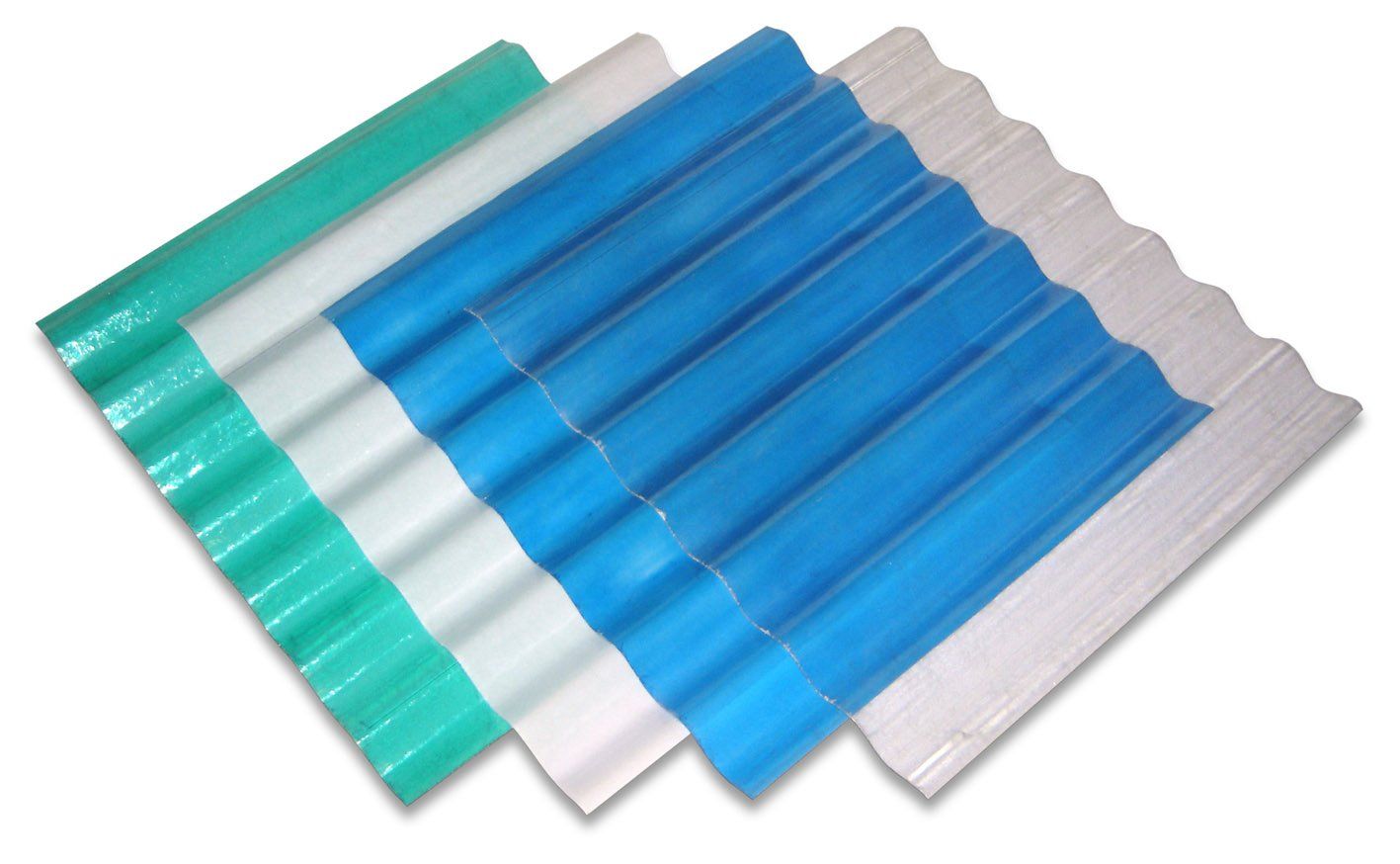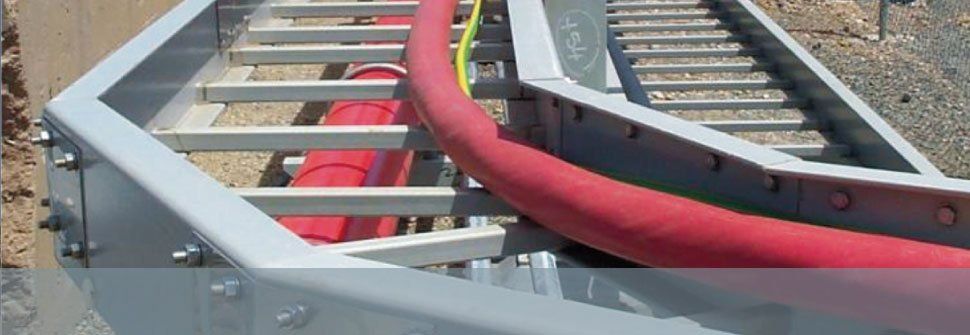5 Striking Advantages that Fibreglass Ladders Offer
- By Treadwell Group Pty Ltd
- •
- 15 Jun, 2017
- •

Now the question is why this material has gained so popularity within a short time. The reason is that FRP is an incredible material that has some striking features and they make this element superior. When it comes to the Fibreglass cable ladder, this also possesses the same feature like its parental material. For this, GRP ladder offers almost the same benefits like fibreglass reinforced plastic. In the following discussion, you are going to explore these advantages, offered by GRP cable ladder. So check these out to have a crystal clear idea about this product.

When you are going to buy a ladder, the first thing that you look for is the strength. The ladder should be made with such a material that it is able to endure heavy traffic. One of the most striking advantages that fibreglass ladder offers is that these ladders have extensive strength. These tools can withstand the huge pressure. Moreover, these are light weighted. For this, ladders, made of GRP can be easily carried.
2) Anti-Corrosive
The feature that makes FRP cable ladder superior to the ladders made of conventional materials like steel or aluminum is its non-corrosive property. For this, the GRP ladders do not get affected by certain damageable chemicals, used in the industries. Apart from this, the anti-corrosive nature prevents the tool from getting affected by heat and moisture.
3) Resistant to Electricity
Fibreglass products are resistant to electricity. This allows the laborers to work under the safe environment. This means that the electricians can use these FRP made ladders in the high voltage engineering areas.
4) Cost Effective
Cost is one of the most important facts to pay attention. Fibreglass ladders are very cost effective as they require hardly any maintenance. Once you buy this product, you don’t have to face problems about its maintenance. In this way, by using these GRP ladders, you may save more bucks.
5) Visibility
The FRP enhances the visibility of the ladder. The GRP ladders look much attractive than the ladders, made of the traditional materials.
In the recent times, almost all the individuals spend a major portion of their day at work. It is due to this reason that the authorities have decided to undertake some vital steps, which would ensure utmost safety in the workplaces. Competent and experienced engineers, as well as architects, are hired, who toil and put their utmost efforts, in order to fabricate paraphernalia, which guarantees the protection of the staffs. Working equipment could only perform optimally and offer security if they are made of a sturdy material. After years of experimentation and hard work, it has been realized that the products made of Fibre-Reinforced Plastic (FRP) or fibreglass stand to be the best. Owing to the distinguishing characteristics of this material, most of the constructors out there prefer it over the traditional alternatives like steel, cement, etc.
In the following discussion, let us learn more about FRP, its exclusive features, the process by which it is made and the maintenance steps.
What is FRP?
FRP can be loosely defined as a composite material, which is manufactured from a polymer matrix and then reinforced with different fibres, the most common being glass. This exceptional material has found diverse applications in a variety of sectors starting from automobiles, aerospace, and refineries to chemicals, marine and public infrastructure. Some of the common items made of this composite are as follows:
• Handrails
• Stair treads.
• Baffle Walls.
• Platform Structures
What are the Features of FRP?
• Light in weight.
• Extreme Strengths.
• Have the capacity to endure severe weather and other environmental inconsistencies.
• Flexible in designs.
• Affordable in nature.
• Resistant to heat, fire and harmful chemicals.
• Non-conductive.
• Long-lasting.
How is FRP made?
There are many methods by which FRP could be manufactured but pultrusion is the most popular among all of them.
In this process, raw glass fibres are pulled inside a roving. Then they are transferred into a bath of resin. After the fibres are completely soaked, they are passed through a preformer, where the excess resin is removed. Then the composite is moved to a heated steel die, where it gets appropriate shapes. Then they are cut into definite lengths and prepared for distribution in the market.
The reasons for which builders prefer pultrusion over other manufacturing procedures are as follows:
• Enhanced strength.
• Fibre content is high.
• The profiles manufactured are automated.
• Quality remains consistent.
• Huge amounts could be produced.
• Much labor is not required.
• One does not need to spend much.
How is FRP Maintained?
Products like fibreglass bolts , tank covers, angles, beams grating must be checked regularly. They should be cleaned with mild detergents so that undue blotches and stains could be removed. Taking care of FRP items would allow them to preserve their shine for prolonged periods.

Industries call for a stable and secure support system. The heavy workload coupled up with the increasing competition that an industry has to face has often made the conventional industry grade materials appear inadequate. The very sturdy and reliable fibre glass as a material that has proven its worth in adverse situations is the suitable solution to industrial needs.
Increasing Demand:
There is no shortage of manufacturers these days when it comes to the very able, efficient and sturdy means of fibreglass support in the form of cable ladders and support systems. The fibreglass as a material is a resultant product obtained after the process of molding. The FRP or GRP are the abbreviated forms of fibre reinforced plastic or glass reinforced plastic and the name itself signifies the components of fibreglass as a material. It is the infusion of glass fibres in a mesh of polymer.
When components like fibreglass cable ladders are put into use in an industry, the integrated ladder systems come fitted with all the essentialities a support should possess. The very characteristic nature of FRP such as being light weight, non-corrosive, insulated, chemical and UV resistant, fire and heat proof deem perfect for the ladders. The fittings equipped with a ladder system are various horizontal bend cross and tee sections, reducers, couplers, bends of 90 and 45 degrees etc.
Added Touch:
The makers of FRP support systems and accessories put to use the very best of industrial components. The integration of the latest safety standards ultimately qualifies the products for extensive use. A number of leading manufacturers equip the support tools with characteristic features like an elastomer padded base. This enables the tools to endure heavy loads as well as prevent the occurrence of abrasion.
A piping system as one of the support tool may too have a mention in the context of better-equipped features. Most piping systems are a product of extensive engineering process.
More Innovation on the Menu:
While giving the nod to FRP integrated tools, manufacturers also are keen to lower the overall costs of installation. FRP materials here too have an edge as the lightweight tools can be easily fabricated and cut on site. This thus lowers the overall costs of installation. Other features are that of non-metallic nature and overall anti-slippage properties. The anti-slippage feature is put to good use in the instance of products like those that fibreglass bolts .
Under any kind of extensive use, the manufacturers guarantee the products to remain unaltered and undistorted. It is the strength and durability of FRP materials that hold everything in place.

